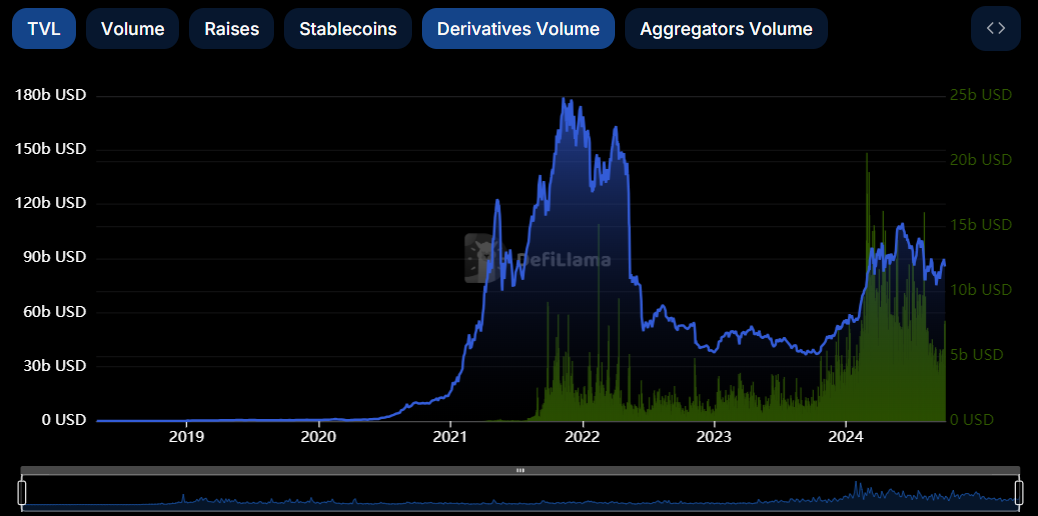The financial landscape has witnessed a significant shift with the rise of decentralized finance (DeFi). One of the most transformative innovations within this space is Onchain Derivatives Protocols. These protocols are increasingly being adopted as an alternative to traditional financial platforms, offering transparency, efficiency, and enhanced security. But how exactly do they differ from traditional platforms? In this article, we will dive into the core distinctions between Onchain Derivatives Protocols and conventional systems.
1. Decentralization vs. Centralization
The most prominent difference lies in the structure. Traditional platforms, such as stock exchanges or centralized derivatives markets, are governed by a central authority. These entities control trade execution, settlement, and user access.
In contrast, Onchain Derivatives Protocols operate on decentralized networks, typically built on blockchain technology. There is no central authority; instead, smart contracts execute trades automatically. This decentralization minimizes the risk of manipulation and promotes user autonomy.
2. Transparency in Operations
Traditional derivatives platforms often provide limited visibility into their operations, such as how trades are matched or how fees are calculated. Users must rely on the platform's trustworthiness and audits.
With Onchain Derivatives Protocols, all activities occur on the blockchain, making them visible to everyone. Traders can view the exact details of trades, positions, and settlements in real-time. This transparency ensures that participants have full confidence in the system, reducing the risk of fraud or hidden fees.
3. Accessibility and Inclusivity
Traditional platforms may impose entry barriers, such as high fees, KYC (Know Your Customer) requirements, and restrictions based on location. This limits access to a privileged few.
On the other hand, Onchain Derivatives Protocols are open to anyone with an internet connection and a compatible wallet. Users don't need to undergo cumbersome verification processes. This inclusivity makes these protocols especially popular in regions with limited access to traditional financial services.
4. Settlement and Execution Speed
Settlement in traditional platforms can take hours or even days, depending on market conditions, intermediaries, and clearing processes. Delays can expose traders to market volatility and unexpected losses.
Onchain Derivatives Protocols leverage blockchain technology to ensure instant settlement. Trades are executed in real-time, without the need for intermediaries. This not only reduces delays but also ensures that users have continuous control over their positions.
5. Security and Counterparty Risk
Traditional platforms often require users to deposit funds directly with the platform, creating custodial risks. In cases where platforms suffer from security breaches or insolvency, traders can lose their assets.
Onchain Derivatives Protocols mitigate counterparty risk by allowing users to retain control of their funds until the trade is executed. Smart contracts automate the entire process, reducing the risk of human error and unauthorized access. Additionally, since these protocols operate on public blockchains, they benefit from the inherent security of these networks.
Conclusion
Onchain Derivatives Protocols offer several advantages over traditional derivatives platforms, including enhanced transparency, decentralization, and accessibility. They eliminate the need for intermediaries, reducing costs and speeding up settlement times. Furthermore, by providing users with more control over their assets, they reduce counterparty risks.
As the financial world evolves, Onchain Derivatives Protocols are likely to gain more traction, especially among tech-savvy investors and those seeking alternatives to traditional systems. However, challenges like scalability and regulatory uncertainty remain. Despite these hurdles, the future of onchain trading looks promising, reshaping the way investors interact with financial markets.
In a rapidly evolving landscape, understanding the differences between Onchain Derivatives Protocols and traditional platforms is essential for staying ahead of the curve. As more traders explore these decentralized options, it’s clear that onchain trading will play a pivotal role in the future of finance.





Comments